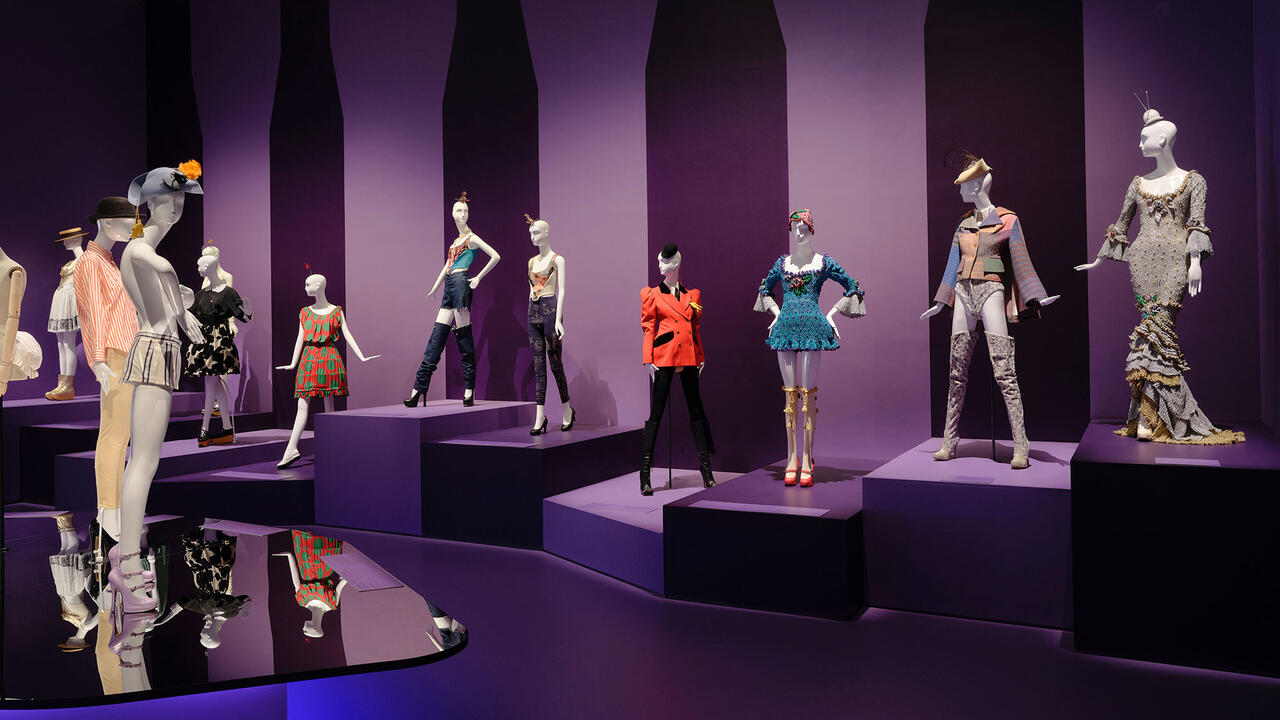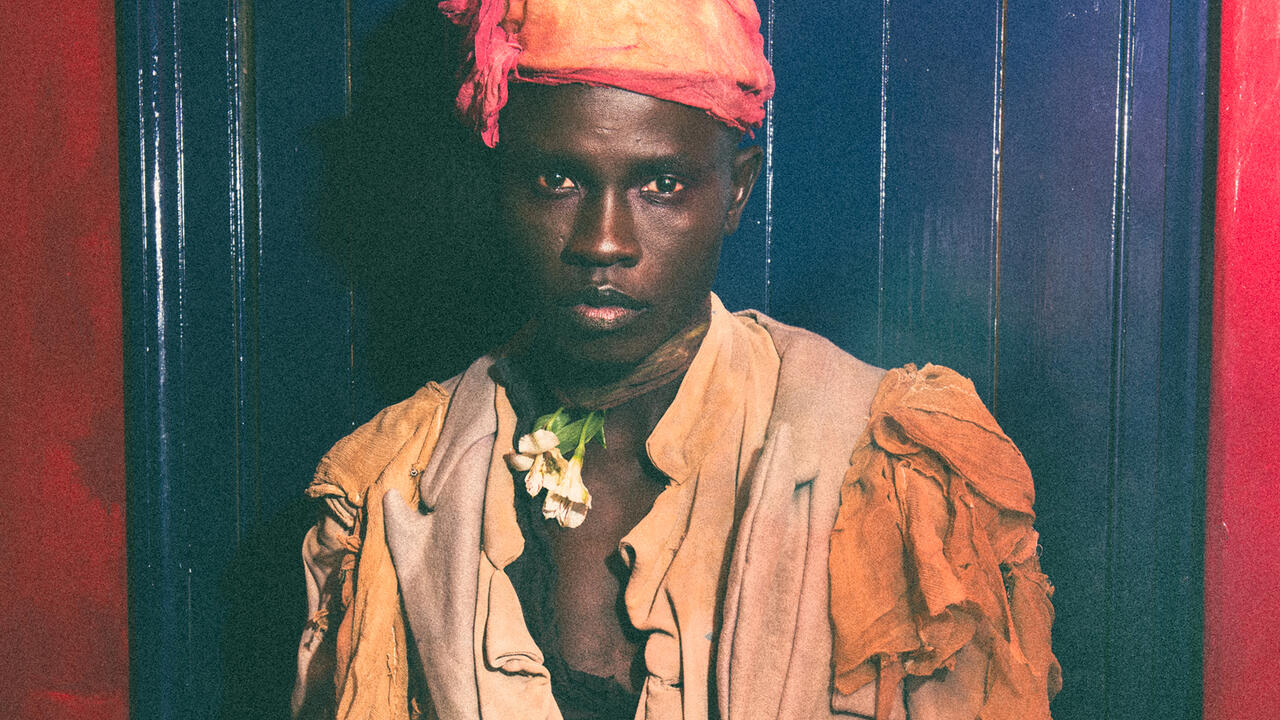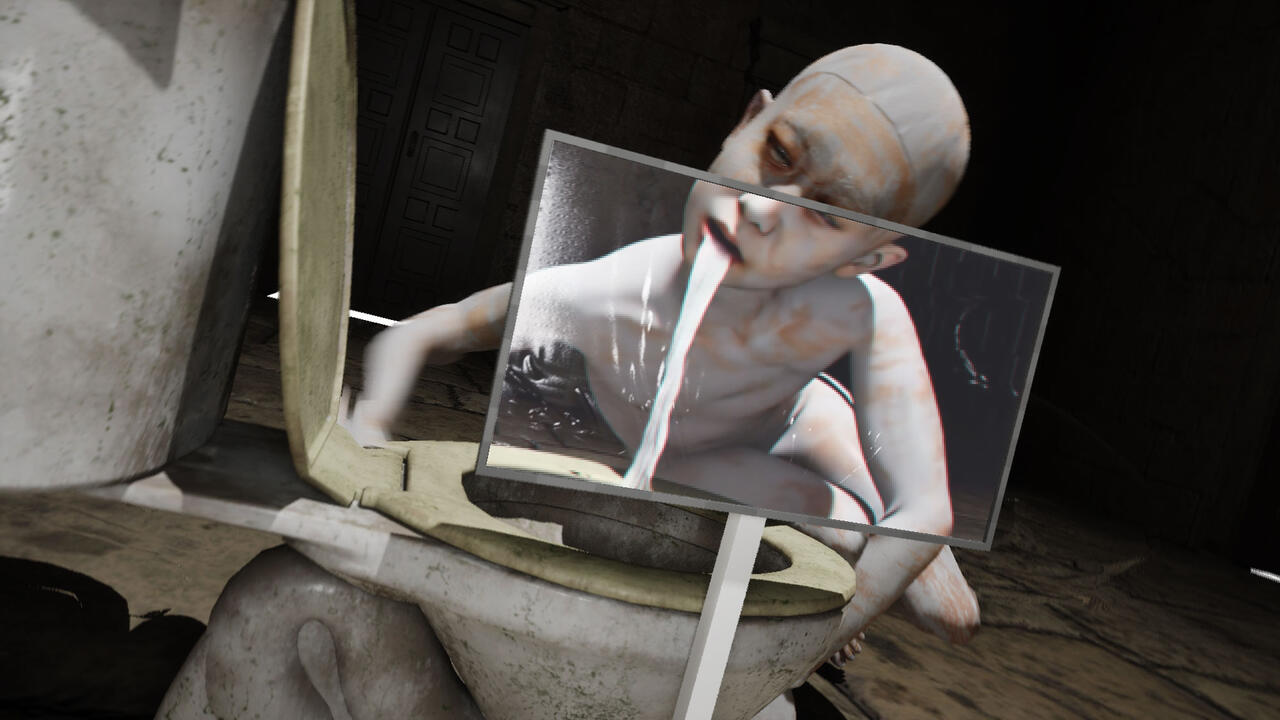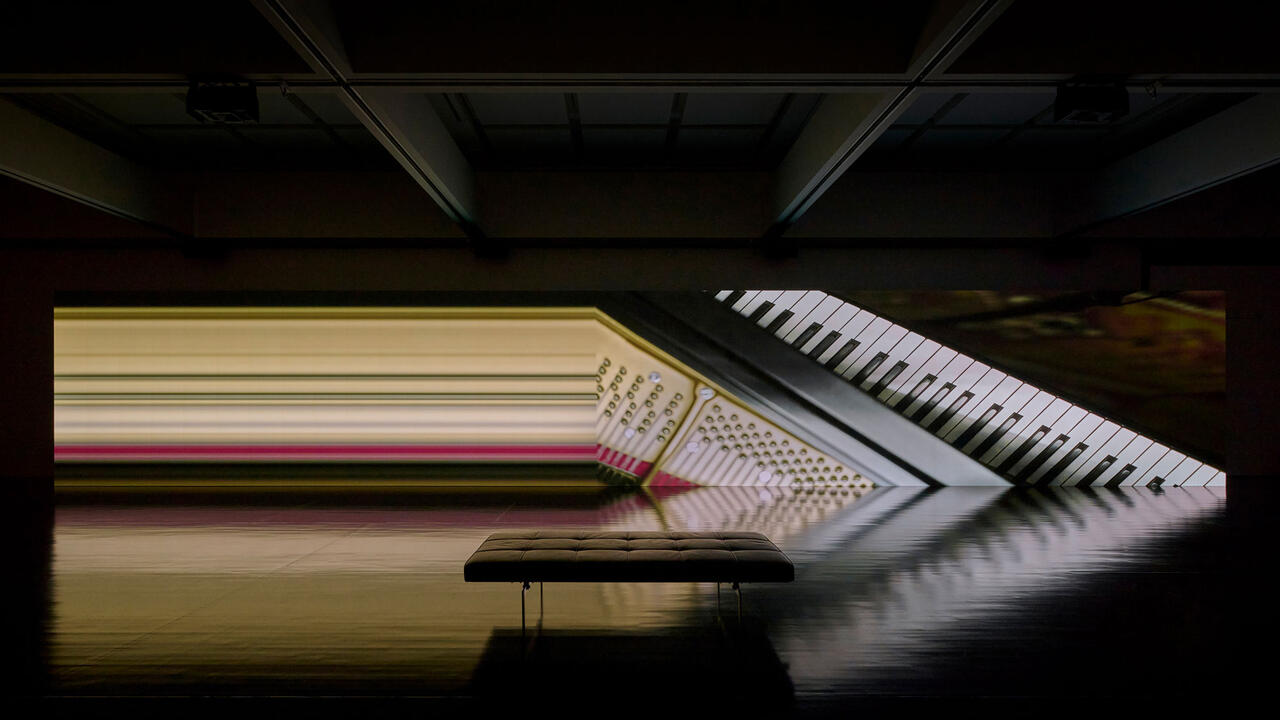What Can a Surgeon Learn from a Tailor? Harnessing the Healing Art of Thread
From an MRSA Quilt to a Plague Dress, how artists are transforming the intersection of medicine and textiles
From an MRSA Quilt to a Plague Dress, how artists are transforming the intersection of medicine and textiles

The fields of medicine and textiles might not immediately strike us as natural bedfellows, but the lack of personal protective equipment (PPE) being provided by governments to frontline healthcare workers is dominating discussions around the current coronavirus pandemic. In the UK, doctors have resorted to setting up a public crowdfunder to source equipment while volunteers across the country have been making scrubs. (The Facebook group For the Love of Scrubs provides patterns for home sewers who want to get involved.) In response to these chronic shortages, the fashion industry is mobilizing at all levels to manufacture PPE as well as to offer donations, bolstered in the UK by the British Fashion Council appealing for the sector’s support. Burberry’s Yorkshire factory, for instance, has pledged to make non-surgical gowns and masks for patients, and to use their supply chain to deliver surgical masks to NHS staff.
On top of shortages for frontline staff, debate rages around what precautions the general public should take. While face masks are popular in many countries throughout Asia, the advice on mask wearing in Europe and America has not been particularly clear. The World Health Organisation (WHO) currently recommends mask wearing only for those who are sick, symptomatic or caring for someone who is unwell. Compared to surgical versions, homemade masks are thought not to provide adequate protection, and European advisors say they may increase the chance of infection. However, various scientists have claimed that even homemade masks crafted from household objects can be a crucial step towards ‘flattening the curve’, encouraging a #Masks4all campaign to gain traction. This has led to the possibility of a WHO policy change, advocating mask-wearing as part of the combined efforts required to slow the spread of the disease, a stance that the US Centers for Disease Control and Prevention has recommended.

Textiles can be at the forefront of research into disease prevention: a recently invented ‘virus-killing’ snood, made from carbon cloth and cotton, has the capacity to trap 96 percent of airborne viruses. This relationship between textiles and medicine has an ancient lineage, with the surgical sutures fundamental to healing the human body first chronicled in an Ancient Egyptian text dating to 1,600 BCE. Plant and animal fibres such as wool, linen, cotton and silk have all been used for surgical suture throughout history and, while the majority of medical materials are now synthetic, silk can still be used, with a 2006 study focussing on the benefits of spider silk. Even the most advanced surgical developments rely on an understanding of threads, including yarn grown from human skins cells which can be knitted, woven or even crocheted to heal wounds.
A number of contemporary artists are working at the intersection between medicine and textiles, exploring how each discipline can inform the other. At Imperial College London, Roger Kneebone is leading the way in interdisciplinary research and practice as Professor of Surgical Education and Engagement Science. Initially trained as a general and trauma surgeon, Kneebone’s work now includes engaging lacemakers, glass artists and percussionists to share their skills with medics through the Centre for Performance Science – which also boasts an illustrator, fighter pilot, magician, puppeteer and chef-in-residence. The aim of the Centre, Kneebone explained over Skype, is to raise clinicians’ awareness that there are ‘other ways of looking at the world’.

Kneebone outlined to me how he ‘came to think of [surgery] in terms of craftsmanship’. He has run events with wood engravers, stone carvers and plasterers to explore the idea of artisanship as a part of clinical and scientific practice and, in a compelling video for the UK Crafts Council, he and Joshua Byrne, of Mayfair tailors Byrne & Burge, discuss the correlation between surgery and bespoke tailoring. Knowledge of anatomy sits at the juncture between these two practices, where thread is used to both clothe and heal the human body. A deep understanding of materiality – whether of fabric or flesh – is vital to the craft of each. There is also a visceral intimacy: tailors adjust to the changing bodies of their clients over time just as doctors do with their patients.
Kneebone engaged lacemaker and embroiderer Fleur Oakes as artist-in-residence at Imperial College London’s vascular surgery department, after meeting her through the Art Workers’ Guild. As crafts that require delicacy and dexterity, textiles and surgery can have much in common. Kneebone documented Oakes’s collaboration with surgeon Colin Bicknell in medical journal The Lancet in 2017. Oakes recounted to me that, while observing surgery, she saw the body as layers of textiles being mended, ultimately finding the experience ‘profound and moving’. Their work together resulted in sharing techniques on how to avoid the tangling of threads and ideas for improving surgeons’ control over the fine sutures used to join arteries. Oakes created a Textile Body, in 2017, which has been used as a training tool for future surgeons.

Surgery is not the only connection between medicine and textiles. Artist Anna Dumitriu works with BioArt to explore our relationship to infectious diseases and has held artist-in-residence roles with the Modernising Medical Microbiology Project (MMM) at the University of Oxford and the National Collection of Type Cultures (NCTC) at Public Health England. Dumitriu told me via email that her work ‘draws together sculpture and installation with craft techniques and the use of actual bacteria or extracted bacterial DNA’. Investigating antibiotic resistance, she has developed techniques with the MMM for embedding textiles in Petri dishes of agar jelly, growing live bacteria and creating patterns on the cloth using antibiotics. The cloth is then sterilized and stitched into artworks, such as her MRSA Quilt (2011).
The NCTC holds thousands of historically and clinically important bacteria, freeze-dried in perpetuity for scientific research. Dumitriu’s work here resulted in her Plague Dress (2018): a gown resembling styles from 1665, made from raw silk and hand-dyed with walnut husks in reference to the British herbalist Nicholas Culpeper, who recommended the nuts as a treatment for the disease. The dress is appliquéd with original 17th-century embroideries that were impregnated with the DNA of Yersinia pestis bacteria (plague), extracted alongside experts in the NCTC lab. Citing historic examples, such as microbiologists Sergei Winogradsky and Louis Pasteur who studied bacteria in textile production, Dumitriu claims these disciplines have a lot to teach each other. ‘Though many people don’t think about it,’ she continued via email, ‘microbiology and textile arts are already very closely intertwined in a synergistic way.

Brooklyn-based artist Laura Splan mines the materiality of science through her work, combining textiles with technology to challenge the value of ‘the hand’ in creative production. As well as exhibiting at New York’s Museum of Arts & Design and Irvine’s Beall Center for Art + Technology, she taught courses at Stanford University including Embodied Interfaces and Data as Material. Much of her work centres on the intersection of domesticity and disease. Her computerized lace Doilies (2004), conceived during the SARS outbreak of 2002–04, are based on virus structures, while Vigilant (2002) is a series of latch hook sculptures replicating microbial forms including Ebola, smallpox, anthrax and E. coli. Her current work, such as Lumen (2019), uses hand-spun wool from laboratory llamas and alpacas – used to produce antibodies for human drugs, including in the research for a Covid-19 vaccine – to creative interactive pieces that engage viewers with the medical world. Through her work, Splan turns the immaterial into substance, giving form to the processes of scientific research that remain unseen: the invisible labour of biotechnology. Citing a range of inspiration, from 16th-century surgeon Gaspare Tagliacozzi through to Victorian samplers, the artist explains via email that her use of craft is, ‘at odds with the deadly microbes that they depict […] rendering something unfamiliar and strange into something decorative and domesticated’.
Artist Lindsay Obermeyer shares Splan’s interest in rendering the invisible visible to illustrate patterns of health and healing. She uses her own experience as a cancer and stroke survivor to investigate a number of themes, from her needle-felted wool sculptures of the microscopic world (Mikros, 2008–18) to her beaded project Patterns of Healing (2018-ongoing). ‘Humans have a very personal relationship with textiles,’ Obermeyer told me from her base in St. Louis. ‘From the moment of birth, we are wrapped in cloth […] Textiles are everywhere in medicine, whether for protection or healing.’ She cites the practice of Bolivian women knitting parts for children’s heart surgery as a favourite example of the interplay between these fields.

After suffering a stroke in 2014, Obermeyer began working with her neurologist, Dr. Amar Dhand, currently Associate Professor of Neurology at Harvard Medical School, and became an artist-in-residence at his laboratory. She visualized Dhand’s research into his patients’ social networks as crochet studies, using the properties of the craft in works such as Mandala (2015) to map and understand the role that human interaction plays in recovery. Obermeyer points out that her choice of medium is not accidental, noting: ‘Crochet is a structure in which each loop is interdependent on the other. Miss one or fray it and the structure becomes unstable.’
With the calls for mask-wearing growing louder during the current COVID-19 pandemic, a number of arts institutions have turned their skills to mask-making, including the conservation team at New York’s Metropolitan Museum of Art as well as staff from University of the Arts London, who have set up a face mask sewing challenge, encouraging anyone with needle skills to get involved. As the ancient relationship between medicine and textiles continues to evolve, Oakes is optimistic for the future. ‘I have found many surgeons to be very enthusiastic about textile art and its relevance to them,’ she says. ‘We are related in many ways and there is so much to explore. This work is really only just beginning.’
Main image: Anna Dumitriu, Plague Dress, 2019, installation view, 6th Guangzhou Triennial, China. Courtesy: the artist





















